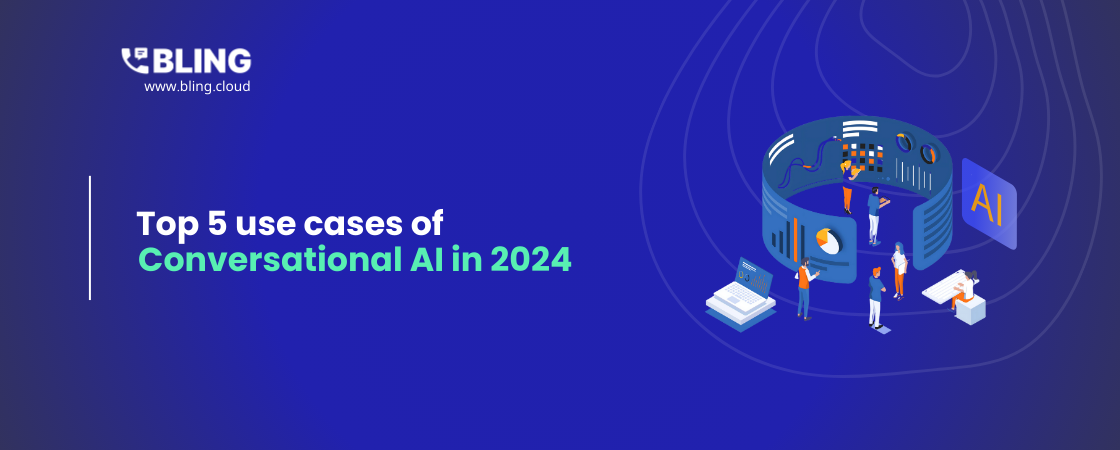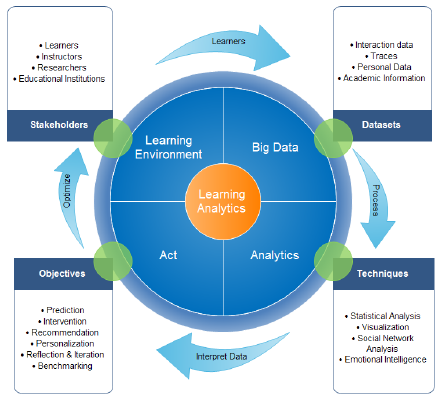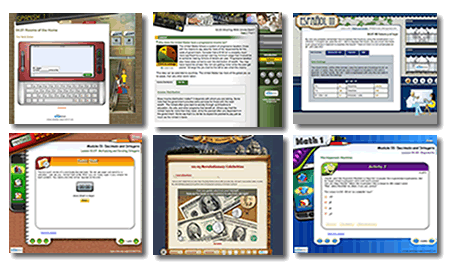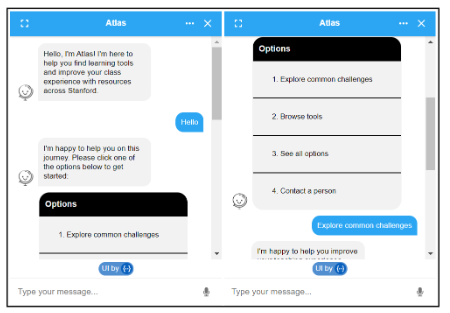
How Conversational AI is Transforming Education
Author: Dhruva Joshi
Date: July 12, 2024
Top 5 Use Cases of Conversational AI in Education in 2024
Instructive teach are introducing in a unused period of learning with the integration of Conversational AI. This technology is making education more accessible, personalized, and convenient. By utilizing adaptive learning tools, virtual assistants, chatbots, and more, the educational landscape is evolving rapidly. Here, we explore the top five use cases of conversational AI in education for 2024, showcasing the potential and transformative impact of this technology.
1. Virtual Tutoring
Conversational AI-powered virtual tutoring tailors educational experiences to individual student needs. These AI models assess student performance, identify weaknesses, and provide targeted improvement strategies. Interactive and engaging, virtual tutors are available around the clock, offering support in subjects like math, science, and more.
For instance, Thinkster uses AI to deliver personalized learning programs, addressing specific skill gaps and providing effective assessments. This blend of AI and human tutoring ensures comprehensive support for students.
2. Personalized Learning
AI-driven personalized learning leverages data to create customized instructional plans. Conversational AI systems meticulously analyze student interactions, responses, and performance in order to pinpoint their strengths and areas needing improvement. They then generate tailored learning plans with explanations, examples, and resources that evolve as the student progresses.
Duolingo, a language learning app, exemplifies this approach by providing personalized feedback based on users' progress. The app continuously adjusts the difficulty level of content to suit person needs, improving the learning experience.
3. Data Insights
Conversational AI in instruction produces important information bits of knowledge for both understudies and educators. Long-term data analysis helps educators understand student needs, allowing for tailored syllabus adjustments and targeted interventions. Learning analytics offer insights into broader trends, enabling educators to refine their teaching strategies.
For example, Kuwait's Arab Open University used learning analytics to identify struggling students and implement initiatives to support their success, resulting in increased retention and student numbers.
4. Virtual Assistants
AI-powered virtual assistants support students, educators, and administrators by answering questions, providing information, and performing various educational tasks. These assistants are especially useful for handling inquiries, gathering resources, and offering study aids.
Florida Virtual School utilizes virtual assistants to provide information about courses, registration, fees, and more. Available 24/7, these assistants help students with assignments, clarifications, and study guides, enhancing the overall educational experience.
5. Chatbots
Chatbots, a conversational and user-friendly form of virtual assistants, are becoming increasingly important in education. They offer personalized interactions, recognizing individual interests and responding accordingly.
Chatbots offer a diverse range of learning modules, interactive quizzes, and personalized adaptive learning experiences that are customized to meet the unique needs of students.
At Khan Lab School in Palo Alto, California, students used chatbots for tasks such as solving quadratic equations, graphing functions, and understanding Venn diagrams. Bill Gates noted that AI-powered tools like these could eventually rival human tutors in effectiveness.
What Does the Future Hold?
Conversational AI is rapidly transforming education by making learning more accessible, personalized, and efficient. Use cases such as virtual tutoring, virtual assistants, and data analysis are optimizing the use of time for students, educators, and institutions alike.
Looking ahead, conversational AI is poised to further enhance education by enabling highly personalized learning experiences, automating administrative tasks, and creating engaging learning environments. The integration of games and multimedia content, along with advancements in virtual reality, will unlock even more exciting possibilities.
As educational institutions continue to adopt conversational AI, the future of learning promises to be more dynamic and impactful than ever before.
FAQs
Q: How is conversational AI used in education?
A: Conversational AI in education is used for tutoring, answering student queries, providing personalized learning experiences, and facilitating administrative tasks.
Q: What are some applications of conversational AI in education?
A: Applications include virtual tutors, AI-driven chatbots for student support, interactive learning platforms, and automated grading systems.
QQ: What are the benefits of AI in education?
A: Benefits include personalized learning, 24/7 student support, efficient administrative processes, and enhanced engagement through interactive tools.


